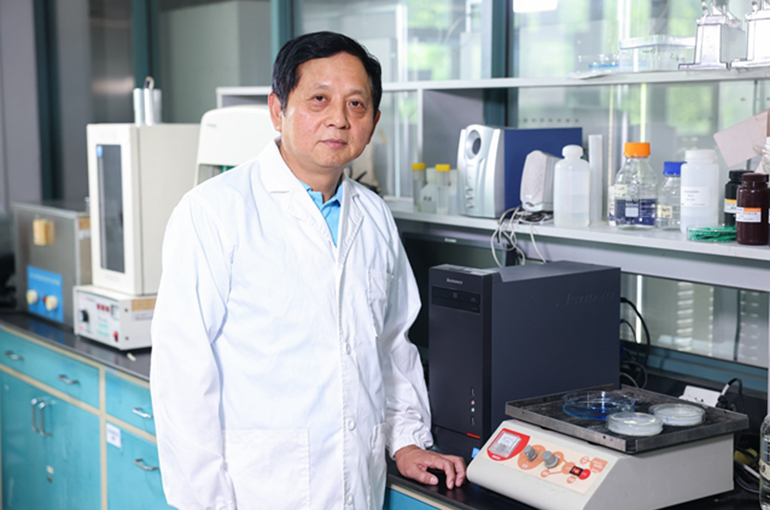 Top Chinese Scientists: Luo Lijun: Leading Developer of Water-Saving, Drought-Resistance Rice
Top Chinese Scientists: Luo Lijun: Leading Developer of Water-Saving, Drought-Resistance Rice(Yicai) Sept. 1 -- Chinese scientists incubating grain seeds spend a lifetime studying grain safety to protect 1.4 billion Chinese people from the consequences of extreme weather and tight water resources. Luo Lijun, a Chinese developer of water-saving and drought-resistance rice, is one of them.
WDR is a new variety of rice with high yield and quality that can resist droughts and whose production can save water consumption by 50 percent, chemical fertilizer use by 30 percent, and carbon emissions by 90 percent. China's WDR planting area exceeded 3,330 square kilometers.
Luo was the first Chinese scientist to propose developing WDR, but his research did not start until 20 years ago. "I also researched WDR before but focused on breeding high-yield seeds," Luo said.
In 1998, Luo read an academic article published overseas that encouraged him to change his research area. "According to that piece, Asian countries use 70 percent of the water they consume for agricultural purposes, and 70 percent of that water is used for growing rice," Luo explained. "That means that growing rice consumes almost half of the total water used in Asian countries.
"As China is one of the world's top 13 countries by water scarcity, I realized that growing rice was too water-consuming and was also causing other environmental and resource issues," Luo said. "Therefore, I decided to change the focus of my research to developing WDR to save resources and protect the environment instead of focusing only on high yield."
In addition to China, WDR has also been introduced in Uganda, Kenya, Nigeria, India, Indonesia, Myanmar, Pakistan, and other countries for trials and demonstrations.
Luo and his team have set ambitious goals. They aim to add 66,670 sqkm of WDR plantation area, increase WDR harvest by 50 billion kilograms, cut WDR's water consumption by 20 billion tons, and reduce WDR's carbon emissions by 20 billion kg of carbon dioxide equivalent within the next 20 years when Luo will be 80 years old.
However, Luo said he would be satisfied even if in 20 years only half of the goals are achieved.
China has 133,335 to 200,000 sqkm of dunes and saline and alkaline lands, as well as 666,670 to one million sqkm of non-irrigated farmland in the Southern mountainous areas, according to an estimation from Luo's team. If some of the above dunes and saline and alkaline lands are converted to grow WDR, then China can add over 25 billion kg of WDR harvest each year, Luo said, noting that some extra 10 billion kg of WDR harvest can be added if the non-irrigated southern farmlands are cultivated with intercropping and interplanting.
In September last year, a coalition for innovations across the WDR industrial chain was officially launched by members of agencies, social organizations, and enterprises, and individuals specialized in areas including WDR's scientific research, seed breeding, seeds operation, growing, and promotion.
"Sooner or later, our goals will all be achieved if we advance them in a steadfast manner," Luo said. "Setting up the coalition was one of the steps we take toward these goals."
Editors: Chen Juan, Futura Costaglione